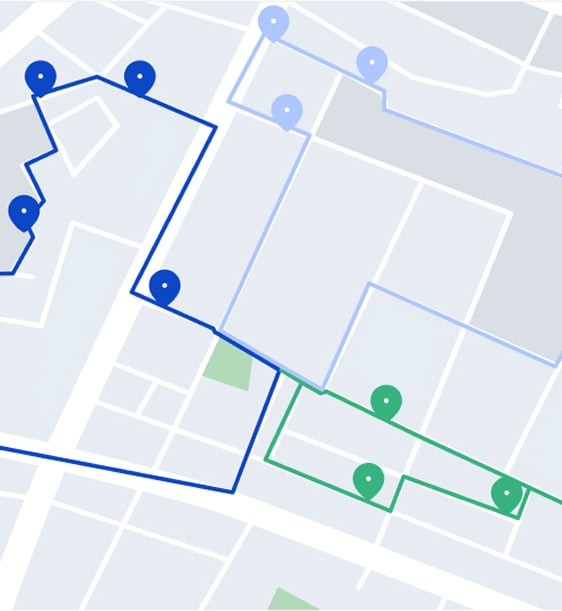The Global Leader
in Last Mile Delivery Software
Helping companies around the world promise, deliver, and delight their customers 1 million times a day.
Book a Demo Product Tour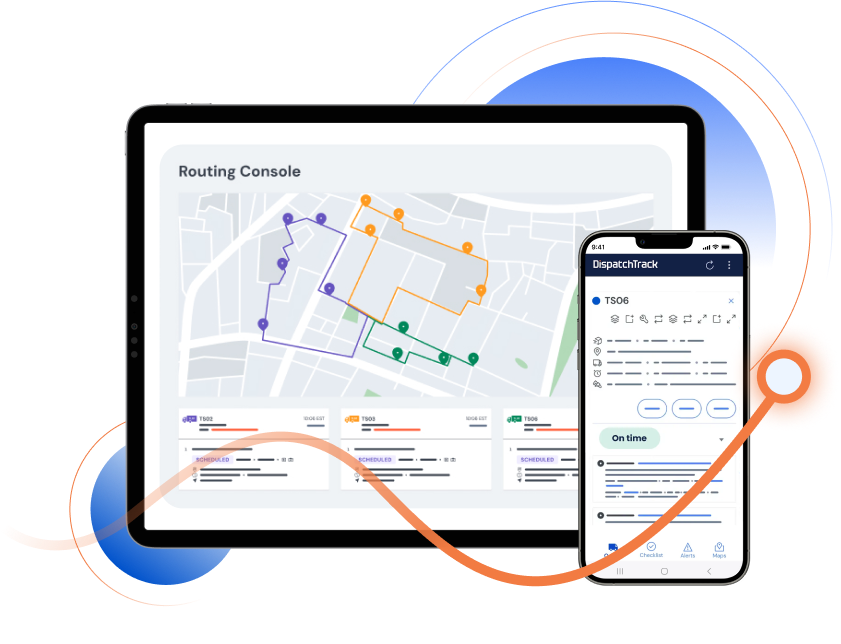
See DispatchTrack in Action
Optimize last-mile delivery with our AI-powered platform. Gain real-time visibility, enhance efficiency, and reduce costs – all while ensuring on-time deliveries and a seamless customer experience.
Real-Time Tracking & Visibility
AI-Driven Route Optimization
Performance Insights & Reporting
%
Faster routing times
%
Delivery success rate
%
Reduction in customer calls
OUR PLATFORM
Modern Delivery Management Software Essentials
Route Optimization
+
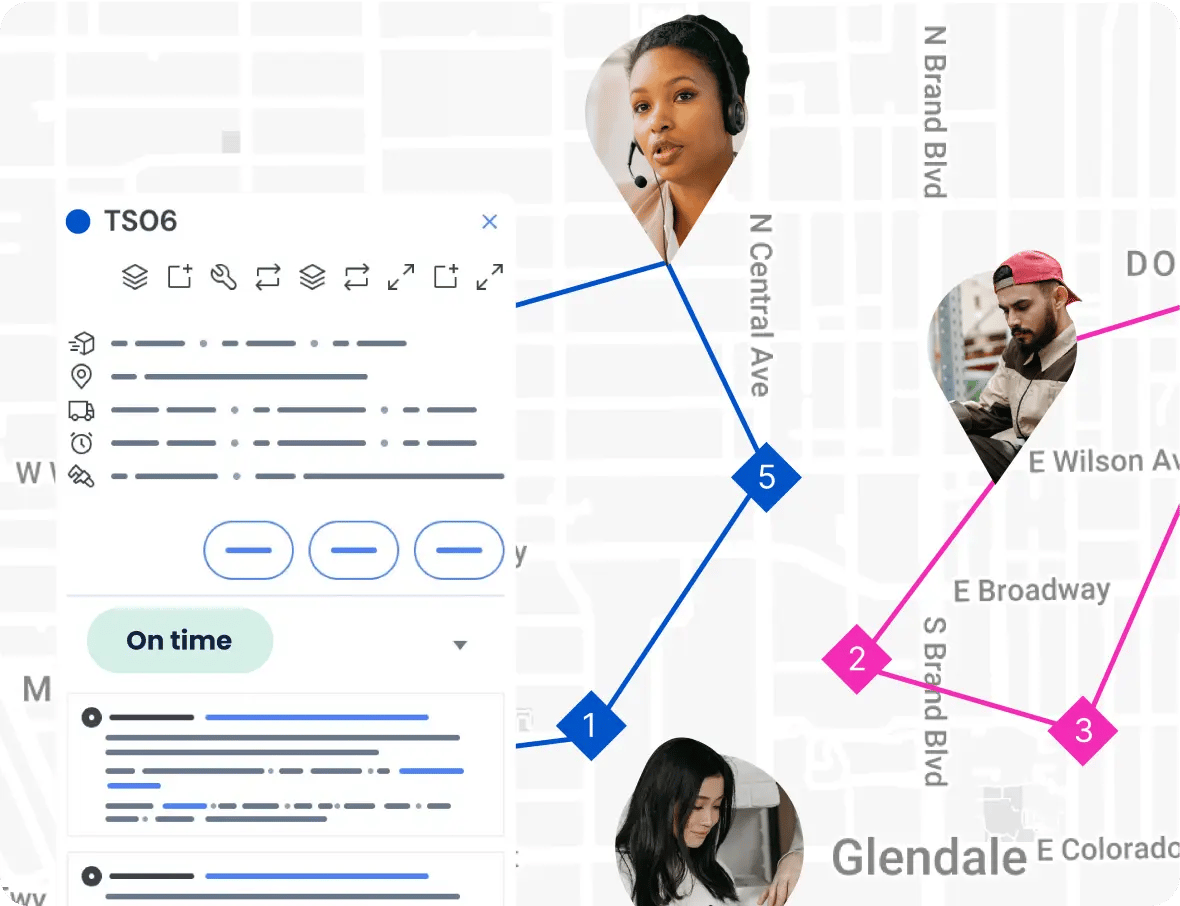
Scheduling & Tracking
+
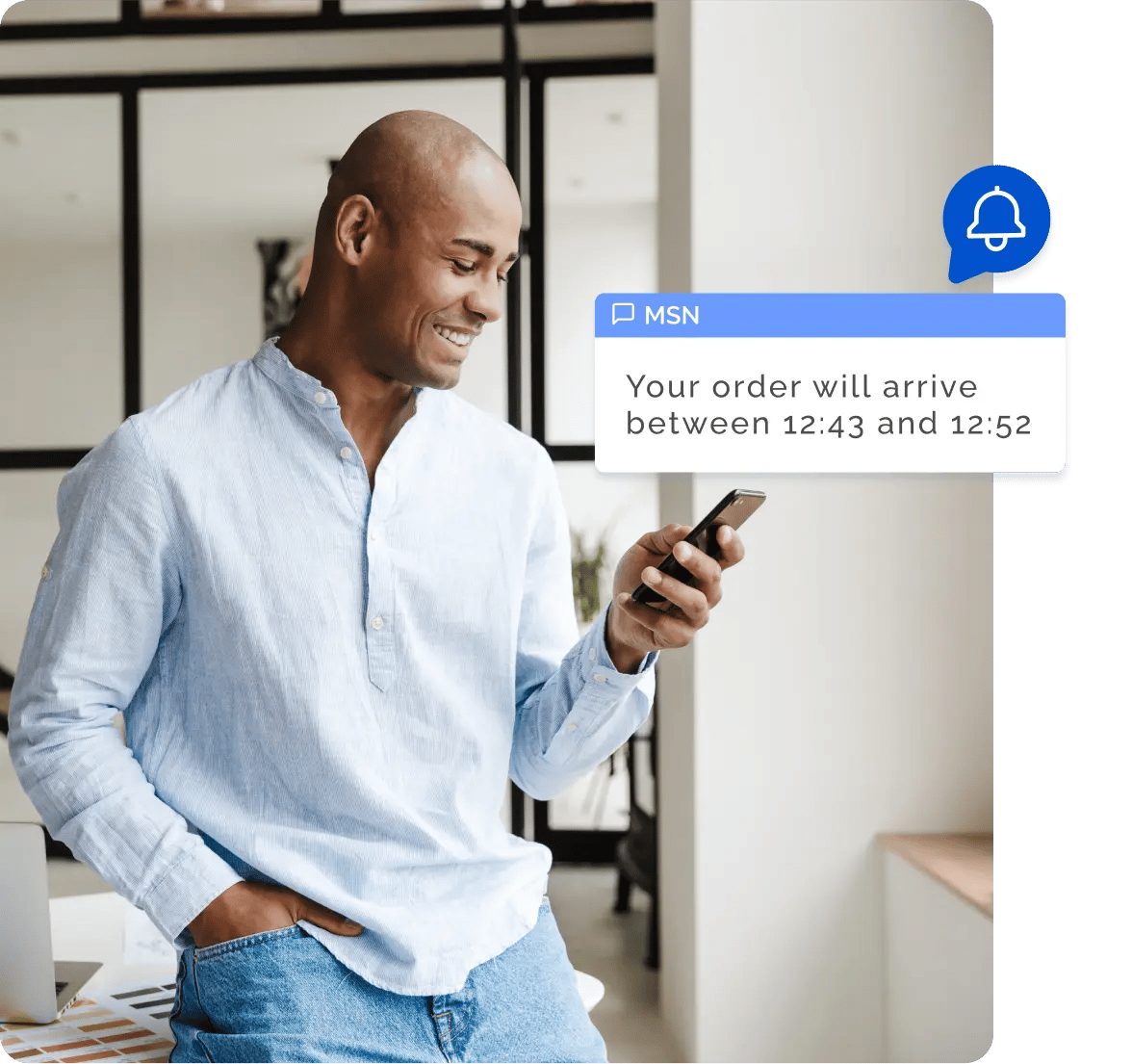
Customer Experience
+

Delivery Execution
+
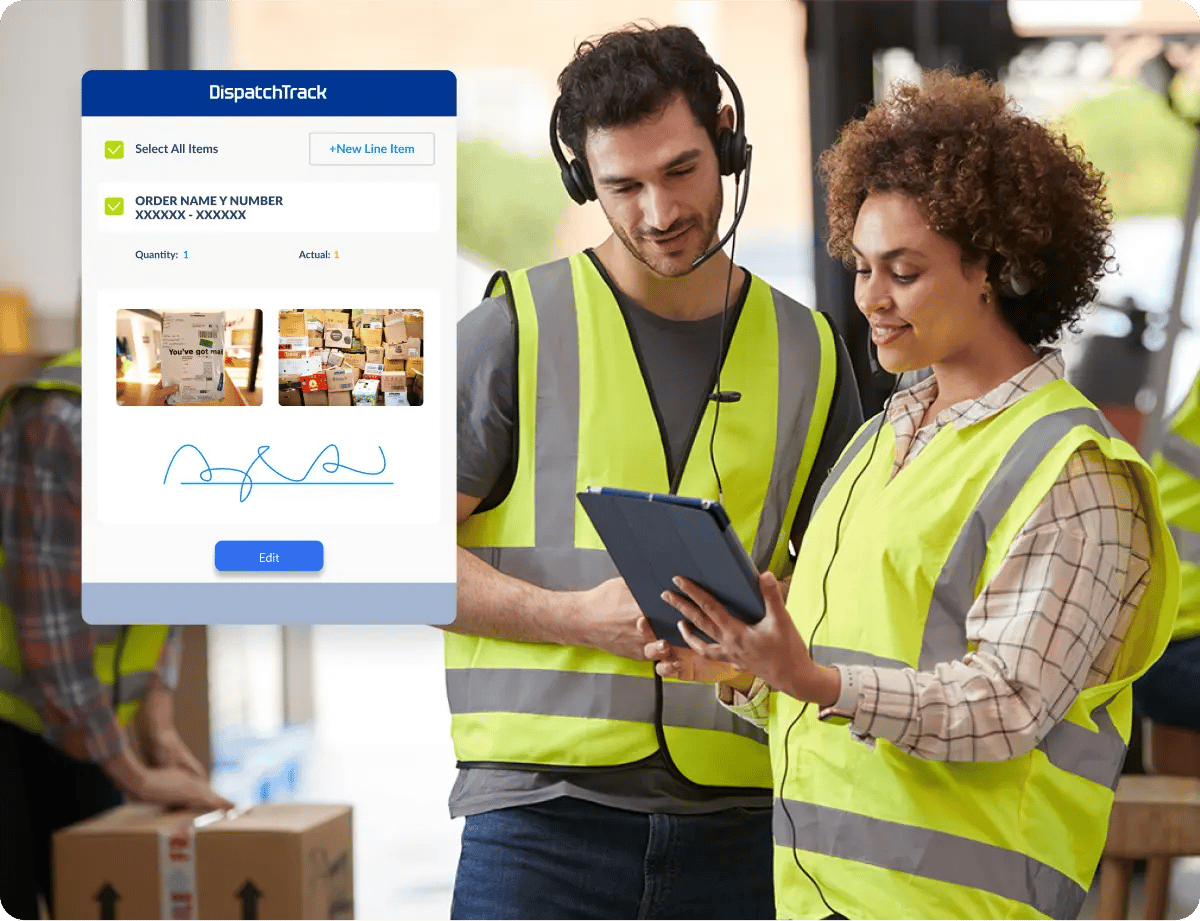
Reporting & Analytics
+
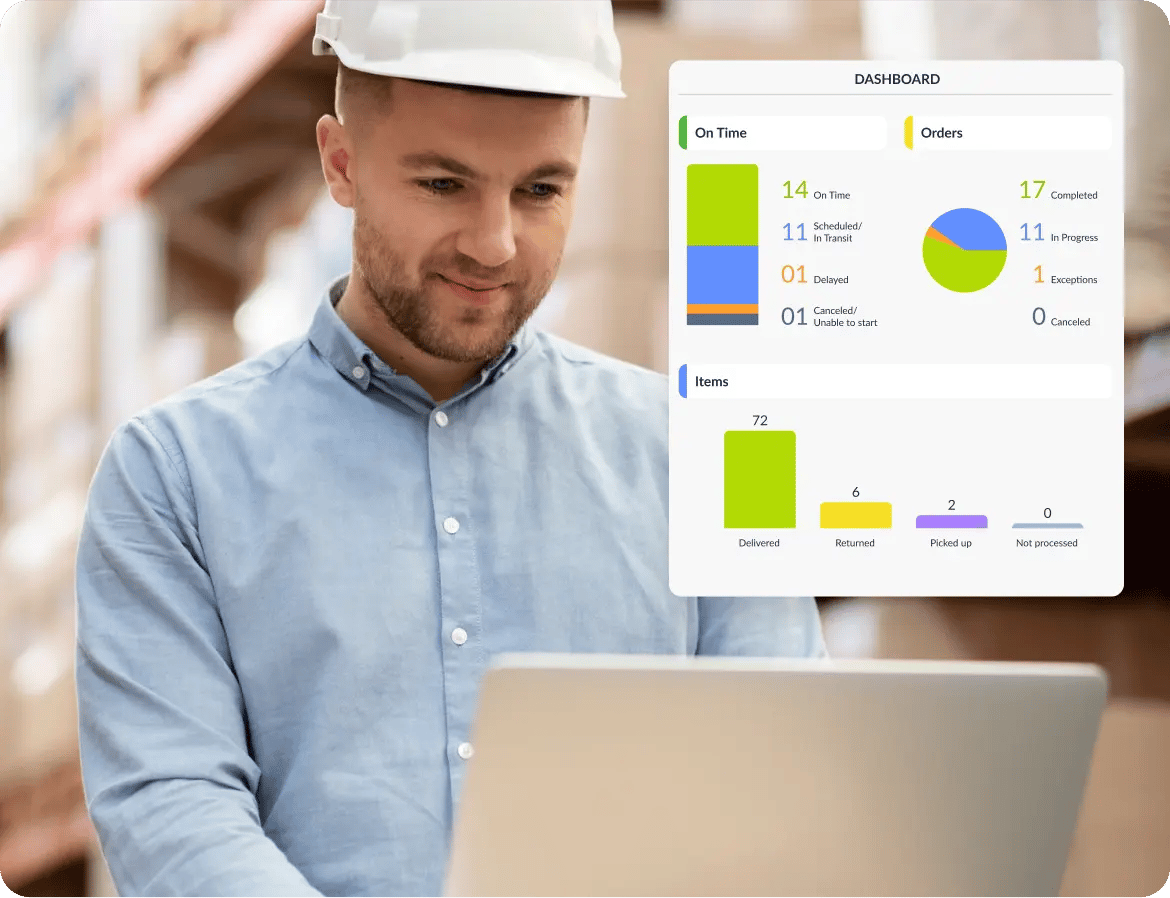

Unlocking the Opportunity of AI in Delivery Experiences
AI holds massive untapped potential in last mile delivery—but most of the industry hasn’t caught up. While other sectors race ahead with automation and intelligence, delivery operations still rely on outdated tools and guesswork.
The opportunity is wide open: AI can unlock new levels of efficiency, accuracy, and customer satisfaction. The question is—will you lead the way, or be left behind?
Download now.png?width=1744&height=2000&name=image%20(92).png)
The DispatchTrack Difference
AWARDS
Recognized for Excellence
CUSTOMER STORIES
See What Our Customers Are Saying
